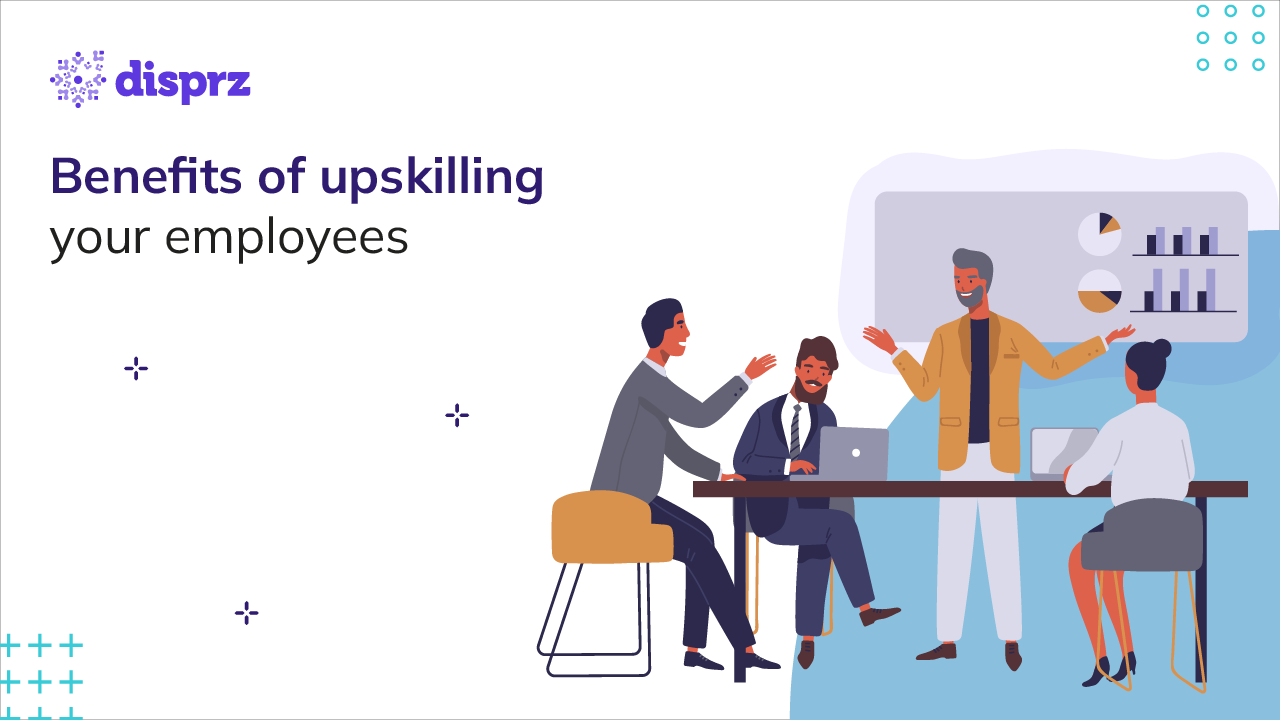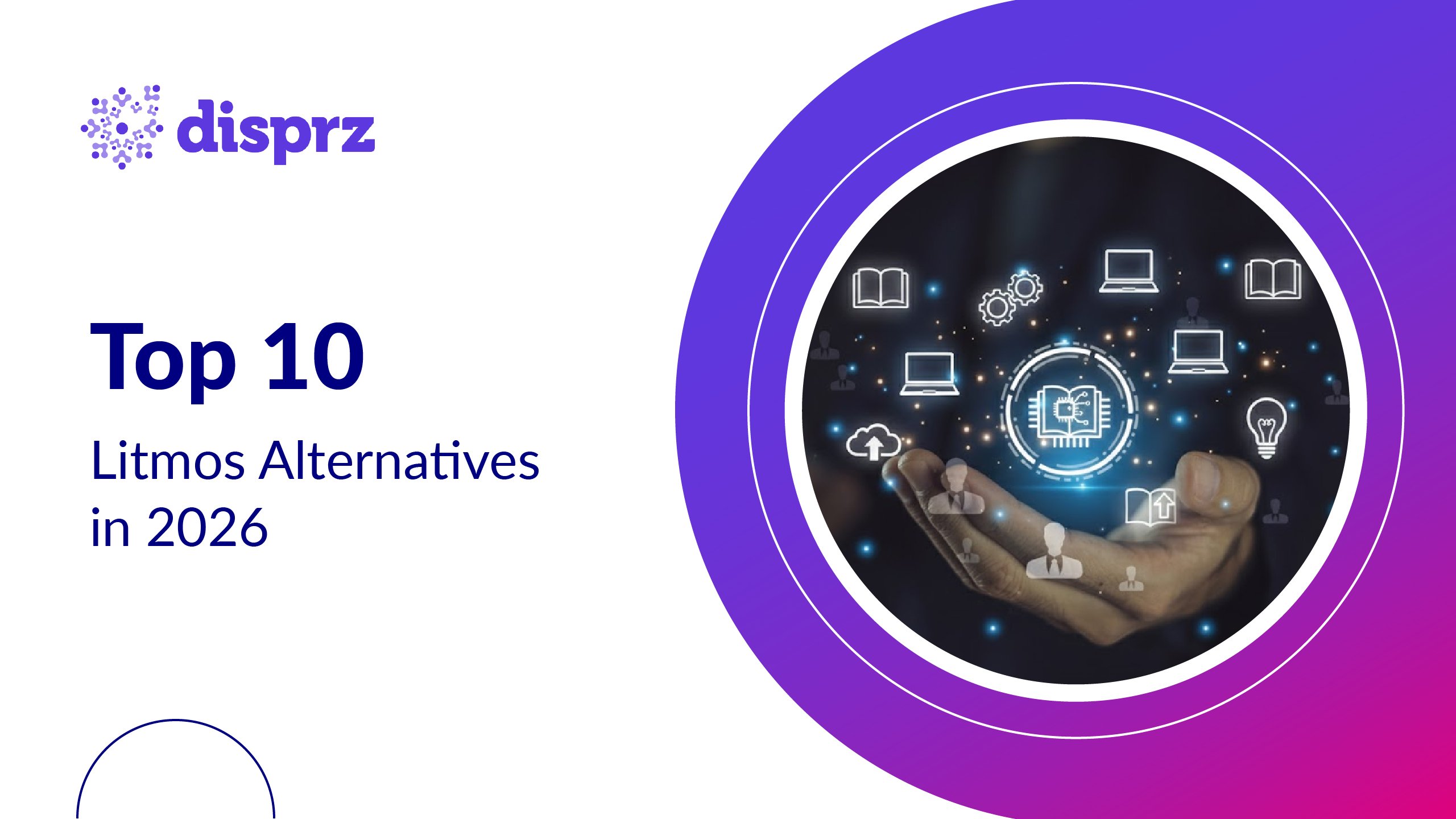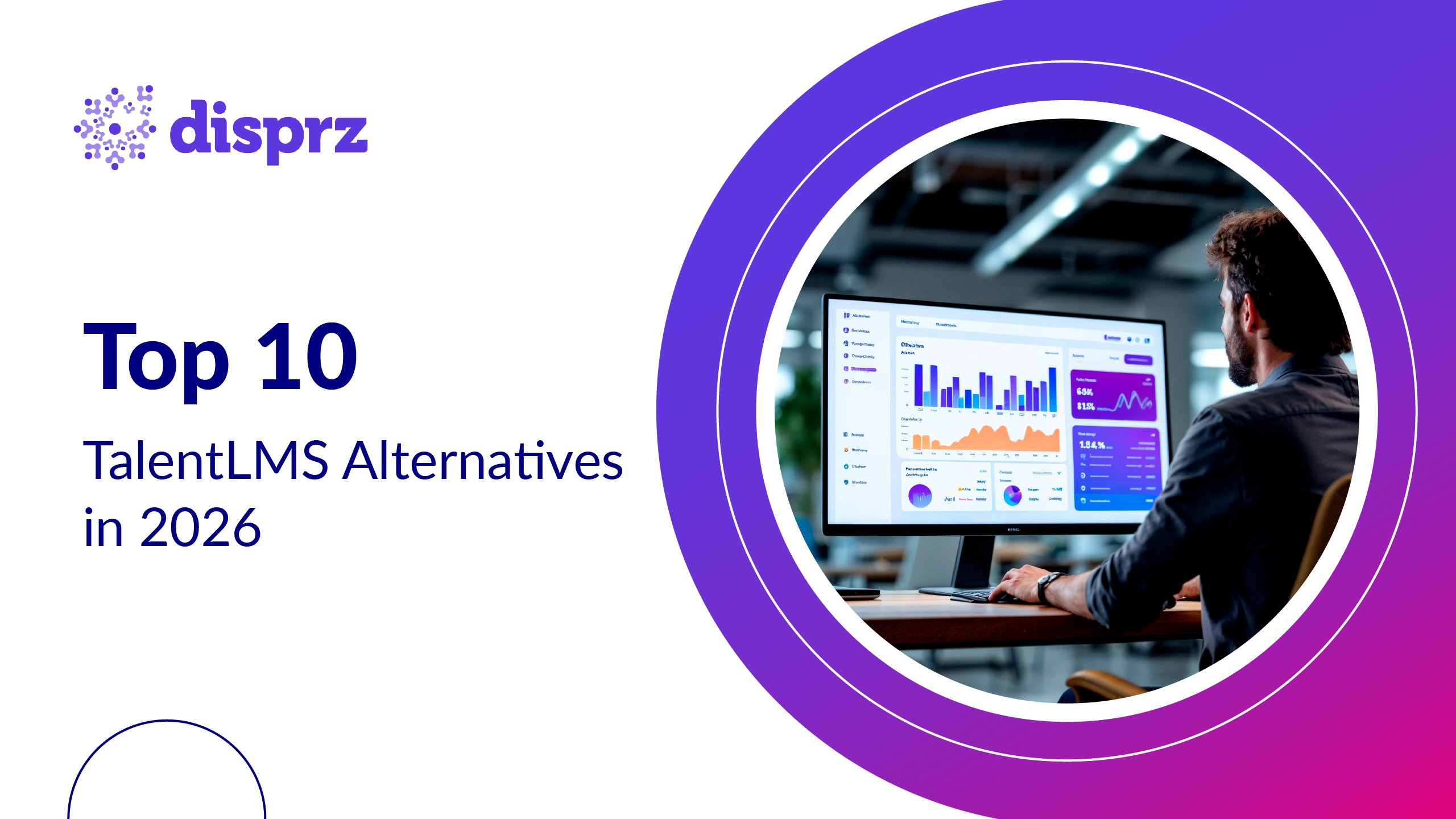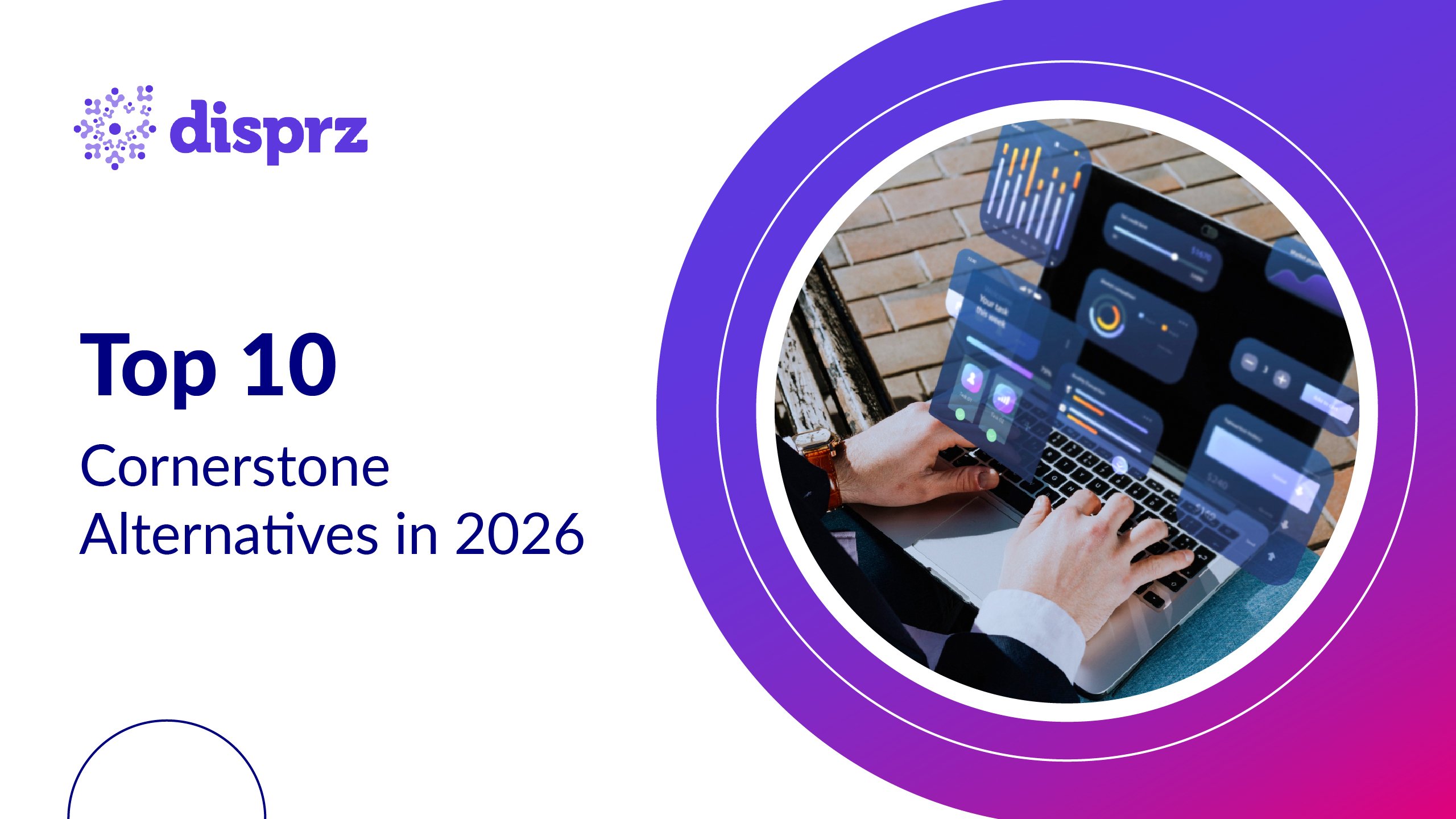Business Insider forecasts a 55% chance of a recession in 2023. The economic damage triggered by Russia and Ukraine this year is anticipated to have a multi-prolonged effect on global businesses in the coming year.
Under pressure to slash costs and survive in the constantly shifting economy, companies are considering job cuts, making workforce upskilling essential to sustain growth in the workplace. The importance of upskilling employees is paramount as it helps businesses navigate uncertainties while maintaining efficiency. Aligning employee skill development with business goals is a win-win for both employees and the company.
Wat is Employee Upskilling?
Upskilling refers to the process of improving an employee’s existing skills and expanding their capabilities to meet current demands efficiently. The benefits of upskilling for employees include enhanced performance, better mobility opportunities, and consistent career growth.
The Need for Upskilling in the Digital Age
In today's digital age, the need for upskilling is essential for individuals and organizations to remain competitive amidst rapid technological advancements. As industries undergo significant transformations driven by automation and digitalization, the need for updated skills becomes paramount to navigate evolving job markets and maintain relevance.
Job Disruption
One in three jobs faces potential disruption due to automation, emphasizing the urgency of upskilling. With automation targeting repetitive tasks, there's a growing demand for human-centric skills like analysis and problem-solving. Through upskilling, individuals equip themselves to adapt to changing job landscapes and secure their positions in an increasingly automated world.
Digital Skills Demand
Proficiencies in artificial intelligence (AI), data science, and cybersecurity are driving the need for digital upskilling. Understanding why upskilling is important for employees is crucial in ensuring the workforce remains agile and competitive. The benefits of workforce upskilling extend beyond individual growth, driving innovation and adaptability within organizations.
Future-Proof Careers
Continuous upskilling is vital for individuals to future-proof their careers and remain relevant in a rapidly changing job market. By staying updated with the latest technologies and industry trends, individuals can position themselves for long-term success. Through proactive upskilling efforts, individuals can adapt to emerging job roles and seize new opportunities in the digital age.
Upskilling vs. Reskilling
Often, upskilling and reskilling are used interchangeably.
However, these are different L&D strategies focusing on two very different goal sets.

Upskilling and reskilling employees are distinct yet complementary strategies. Unlike upskilling, reskilling is a 180-degree pivot to prepare employees for entirely new roles, equipping them with the necessary skills for career transitions.
6 Benefits of Upskilling for Employees and Organizations in 2025
Upskilling employees enables companies to be more agile and keep pace with the changing skill dynamics.
Amazon’s plan to invest more than “$700 million over the next six years upskilling 100,000 U.S. employees is a reminder that skills become obsolete quickly. This makes continuous skill development the need of the hour for every organization.
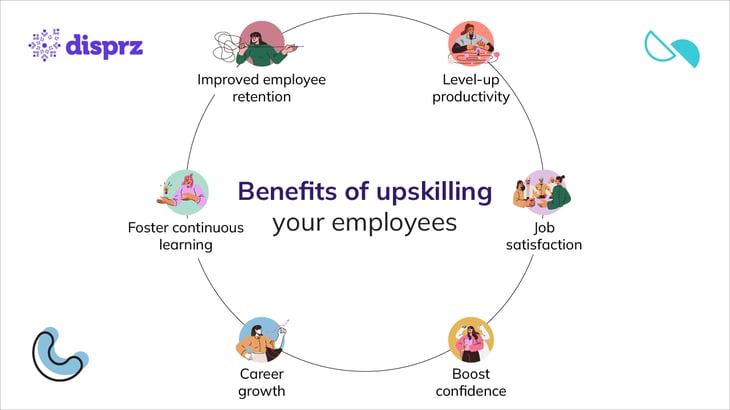
Benefits of Upskilling for Employers
Employee growth is directly proportional to a business’s success. Among the key advantages of upskilling is the ability to build a more engaged workforce. The benefits of upskilling your workforce include higher retention rates, increased productivity, and fostering a continuous learning culture.
Let’s dive deep into some of the key benefits of upskilling for the employer:
1) Improved employee retention
Lack of growth opportunities is one of the top reasons why employees leave the organization. They feel stagnant in their current position and look for options that fuel their growth. Giving employees the opportunity to upskill at work has prevented companies from losing their best talent and avoids the high cost of employee turnover.
When companies facilitate a culture of upward mobility, employees feel valued and tend to reciprocate by staying loyal and performing for their employer..
2) Level-up productivity
Bridging the knowledge gap with upskilling enhances employee performance and increases employee engagement, both of which improve business productivity. Well-structured skilling programs can help employees save time, reduce errors, achieve targets, and significantly improve the business’s bottom line.
3) Foster continuous learning
Companies that offer a continuous learning culture not only succeed in gaining the trust of the current employees but also win the war for talent. A company that continuously invests in employee development becomes more competent, innovates regularly, and develops a future-ready workforce that leads to the overall growth of the business.
Benefits of Upskilling for Employees
From boosting employee morale to increasing their ability to manage challenges upskilling provides a plethora of benefits. Let’s look at some of the benefits of upskilling for employees below.
4) Job satisfaction
Employee satisfaction is synonymous with customer satisfaction. When employees are empowered with the right skills, they can win the trust of the customers and grow in their careers by delivering exceptional performance. Highlighting the importance of upskilling and reskilling, this strategy provides opportunities for skill development that help employees excel in their roles and improve overall job satisfaction.
5) Career growth
Bridging skill gaps with upskilling makes employees more efficient in meeting current demands and agile enough to become future leaders. Giving employees the knowledge and skills they need to be successful can make them valuable assets to the organization and help them pave the way for long-term career growth.
6) Boost confidence
Employees with the right skills can tackle unforeseen challenges confidently. They receive positive feedback from management and the customers, which helps boost their self-esteem and motivates them to work harder.
Leverage Skilling Technology for Your Employees
We’ve seen the benefits of upskilling your workforce, but to implement this L&D strategy successfully in the organization, it is imperative to leverage the right learning technology.
A conventional technology like LMS might be a boon for onboarding and compliance training, but advanced upskilling tools and upskilling platforms for employers are essential for addressing dynamic skill gaps.
Here is how you can leverage disprz LXP to provide skill development for your employees:
-
Create skilling experiences linked to business outcomes.
-
Map and ascertain the necessary skills for each job role within every department.
-
Conduct self and manager assessments to discover knowledge gaps and get insights on current readiness for every skill.
-
Leverage AI that recommends content based on the past learning progress of the individuals and the current skill levels arrived from assessments and interests.
-
Monitor skilling progress with proprietary skill scores and role fitment scores.
-
Through streamlined analytics, identify potential employees who are ready for the next role.
-
Provide internal mobility by giving employees insights on lateral and vertical career paths tailored to their current role
See a preview to find how the disprz LXP platform can assist you in upskilling your employees at scale.



